
1. Cars are generally composed of four basic parts: engine, chassis, body and electrical equipment.
2. Cars have four major systems: braking system, steering system, driving system and transmission system. The engine is the power device of a car, which is composed of two major mechanisms and five major systems: crank connecting rod mechanism, gas distribution mechanism, cooling system, fuel supply system, lubrication system, ignition system and starting system, but diesel engines have one less ignition system than gasoline engines.
3. The car start-up system consists of a storage battery, ignition switch, start-up relay, starter, etc.The ignition system is an important part of gasoline engines. The good performance of the ignition system has a great impact on the power, fuel consumption and exhaust pollution of the engine.
4. Cars are generally composed of four basic parts: engine, chassis, body and electrical equipment. Car engine: The engine is the power unit of the car.
Engine system: The engine is the power device of the car. Its function is to burn fuel to generate power and drive the wheels to drive the car through the chassis transmission system. There are two kinds of engines: gasoline engine and diesel engine.
The automobile system includes engine system, cooling system, suspension system, steering system, gearbox system, air conditioning system and fuel system.Unification, drive system, braking system, electrical system, split box system, lubrication system, safety system and electronic control system.
Cars have four major systems: braking system, steering system, driving system and transmission system. The engine is the power device of a car, which is composed of two major mechanisms and five major systems: crank connecting rod mechanism, gas distribution mechanism, cooling system, fuel supply system, lubrication system, ignition system and starting system, but diesel engines have one less ignition system than gasoline engines.
Cars have eight major systems, namely: power system; transmission system; driving system; braking system; steering system; lighting system; electrical system; fuel supply system.
Automotive systems are divided into four categories: mechanical transmission system. The mechanical transmission system is simple in structure and reliable in operation, and is widely used in all kinds of automobiles.
Three major mechanisms: crank connecting rod oil, gas distribution mechanism and transmission mechanism. Five major systems: fuel supply system, cooling system, lubrication system, ignition system (electrical control system) and start-up system.
The five major systems are fuel supply system, lubrication system, cooling system, start-up system, and ignition system. The three major structures include the crank connecting rod mechanism, the body unit, and the gas distribution mechanism. 1. Cooling system: generally composed of water tank, water pump, radiator, fan, thermoster, water temperature gauge and water release switch, etc.
Five major systems: fuel supply system, lubrication system, cooling system, ignition system, start-up system. Engine: The body is the skeleton that makes up the engine, and the engine is eachThe installation foundation of the mechanism and various systems, in which all the main parts and accessories of the engine are installed inside and outside, bearing various loads. Therefore, the body must have sufficient strength and rigidity.
The two major mechanisms of automobile engines are the crank connecting rod mechanism and the valve mechanism. The five major systems are the crank connecting rod mechanism, the valve mechanism, the starting system, the lubrication system, the cooling system, the oil supply system and the ignition system.

HS code automotive parts mapping-APP, download it now, new users will receive a novice gift pack.
1. Cars are generally composed of four basic parts: engine, chassis, body and electrical equipment.
2. Cars have four major systems: braking system, steering system, driving system and transmission system. The engine is the power device of a car, which is composed of two major mechanisms and five major systems: crank connecting rod mechanism, gas distribution mechanism, cooling system, fuel supply system, lubrication system, ignition system and starting system, but diesel engines have one less ignition system than gasoline engines.
3. The car start-up system consists of a storage battery, ignition switch, start-up relay, starter, etc.The ignition system is an important part of gasoline engines. The good performance of the ignition system has a great impact on the power, fuel consumption and exhaust pollution of the engine.
4. Cars are generally composed of four basic parts: engine, chassis, body and electrical equipment. Car engine: The engine is the power unit of the car.
Engine system: The engine is the power device of the car. Its function is to burn fuel to generate power and drive the wheels to drive the car through the chassis transmission system. There are two kinds of engines: gasoline engine and diesel engine.
The automobile system includes engine system, cooling system, suspension system, steering system, gearbox system, air conditioning system and fuel system.Unification, drive system, braking system, electrical system, split box system, lubrication system, safety system and electronic control system.
Cars have four major systems: braking system, steering system, driving system and transmission system. The engine is the power device of a car, which is composed of two major mechanisms and five major systems: crank connecting rod mechanism, gas distribution mechanism, cooling system, fuel supply system, lubrication system, ignition system and starting system, but diesel engines have one less ignition system than gasoline engines.
Cars have eight major systems, namely: power system; transmission system; driving system; braking system; steering system; lighting system; electrical system; fuel supply system.
Automotive systems are divided into four categories: mechanical transmission system. The mechanical transmission system is simple in structure and reliable in operation, and is widely used in all kinds of automobiles.
Three major mechanisms: crank connecting rod oil, gas distribution mechanism and transmission mechanism. Five major systems: fuel supply system, cooling system, lubrication system, ignition system (electrical control system) and start-up system.
The five major systems are fuel supply system, lubrication system, cooling system, start-up system, and ignition system. The three major structures include the crank connecting rod mechanism, the body unit, and the gas distribution mechanism. 1. Cooling system: generally composed of water tank, water pump, radiator, fan, thermoster, water temperature gauge and water release switch, etc.
Five major systems: fuel supply system, lubrication system, cooling system, ignition system, start-up system. Engine: The body is the skeleton that makes up the engine, and the engine is eachThe installation foundation of the mechanism and various systems, in which all the main parts and accessories of the engine are installed inside and outside, bearing various loads. Therefore, the body must have sufficient strength and rigidity.
The two major mechanisms of automobile engines are the crank connecting rod mechanism and the valve mechanism. The five major systems are the crank connecting rod mechanism, the valve mechanism, the starting system, the lubrication system, the cooling system, the oil supply system and the ignition system.

Data-driven trade partner selection
author: 2024-12-24 02:57Trade data for route profitability
author: 2024-12-24 02:35HS code-driven compliance workflows
author: 2024-12-24 02:25Supply contracts referencing HS codes
author: 2024-12-24 02:09Plant-based proteins HS code verification
author: 2024-12-24 01:41Medical reagents HS code verification
author: 2024-12-24 02:06Regional trade agreements HS code mapping
author: 2024-12-24 02:05Global trade data normalization
author: 2024-12-24 02:01WTO harmonization and HS codes
author: 2024-12-24 01:09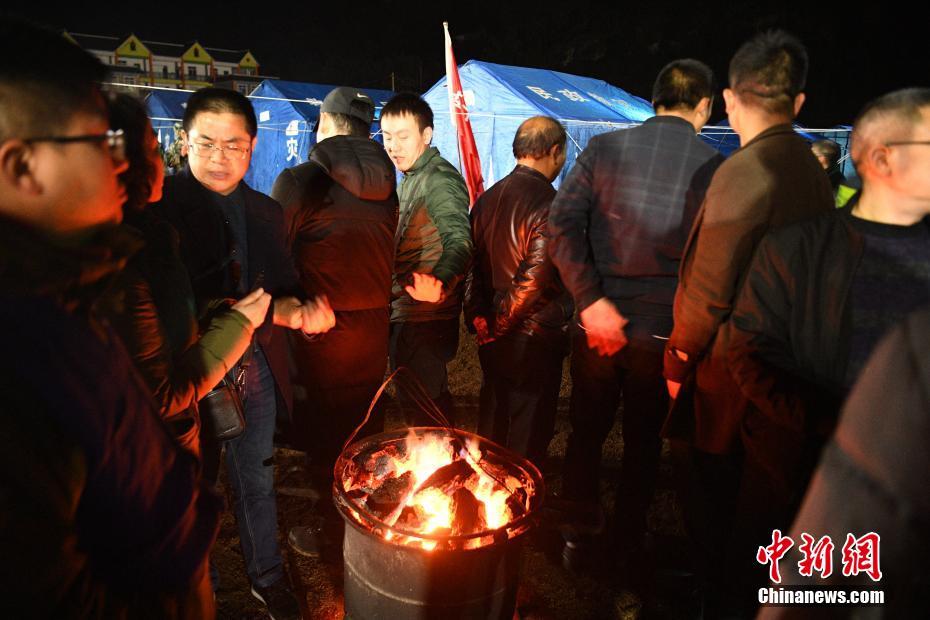 Trade data-driven portfolio management
Trade data-driven portfolio management
434.93MB
Check Trade finance structuring by HS code
Trade finance structuring by HS code
567.18MB
Check Global trade compliance dashboards
Global trade compliance dashboards
371.62MB
Check Ceramic tiles HS code classification
Ceramic tiles HS code classification
943.18MB
Check HS code intelligence for oil and gas industry
HS code intelligence for oil and gas industry
486.51MB
Check European Union trade analytics
European Union trade analytics
942.28MB
Check Industry-level trade feasibility studies
Industry-level trade feasibility studies
198.78MB
Check Agribusiness HS code-based analysis
Agribusiness HS code-based analysis
437.45MB
Check How to detect trade-based money laundering
How to detect trade-based money laundering
416.48MB
Check Trade intelligence for emerging markets
Trade intelligence for emerging markets
342.46MB
Check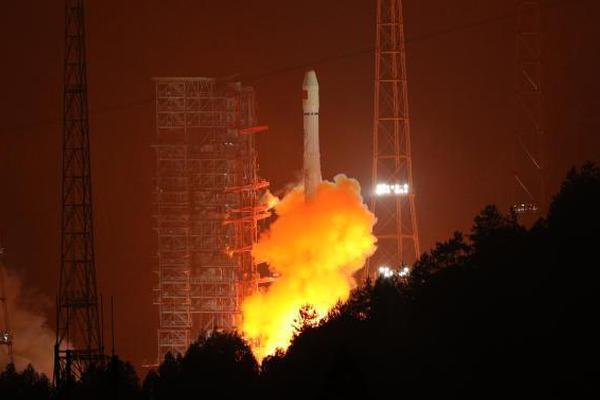 How to facilitate cross-border returns
How to facilitate cross-border returns
459.76MB
Check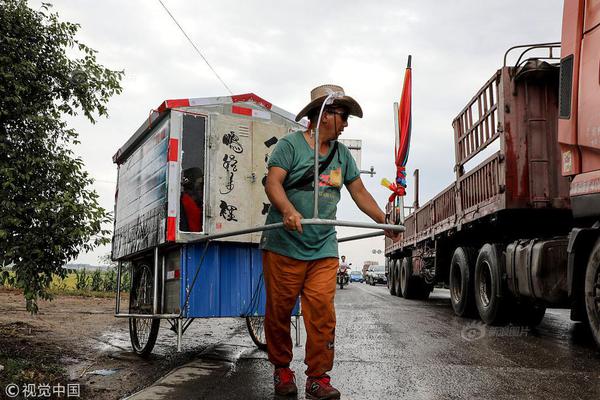 HS code-based transport cost modeling
HS code-based transport cost modeling
514.84MB
Check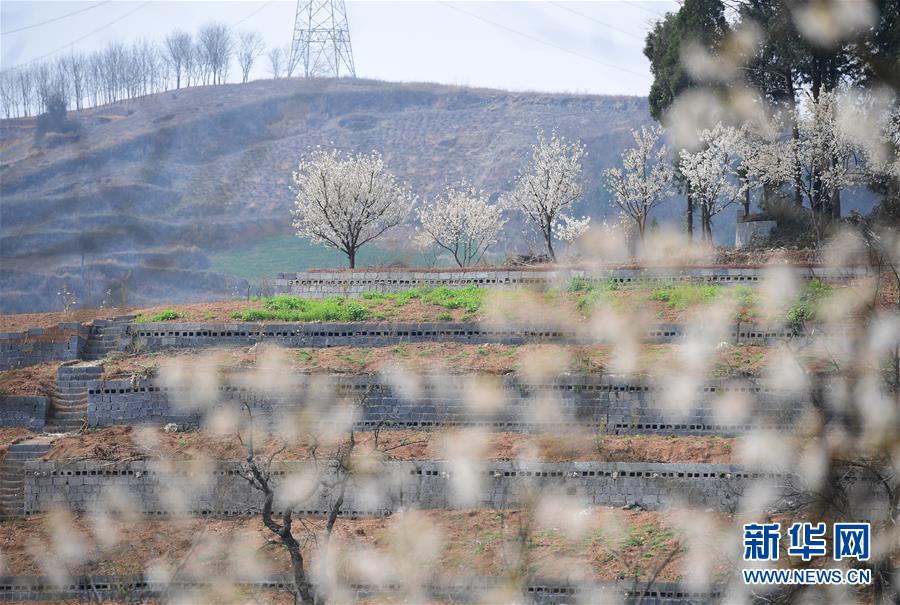 HS code accuracy for automotive exports
HS code accuracy for automotive exports
439.32MB
Check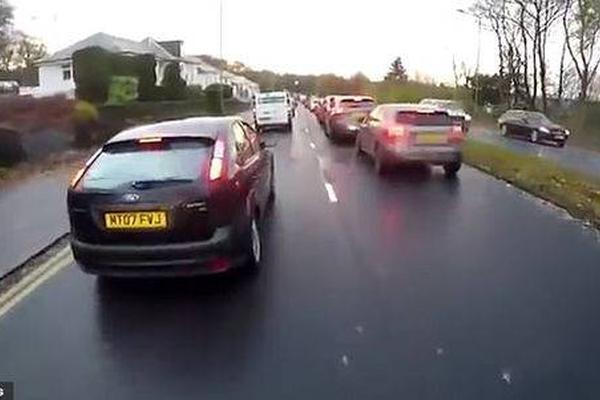 International vendor verification
International vendor verification
222.84MB
Check HS code monitoring in European supply chains
HS code monitoring in European supply chains
622.98MB
Check Organic textiles HS code verification
Organic textiles HS code verification
442.97MB
Check Trade data for energy sector
Trade data for energy sector
335.26MB
Check Industry consolidation via HS code data
Industry consolidation via HS code data
312.79MB
Check Rare earth minerals HS code classification
Rare earth minerals HS code classification
739.97MB
Check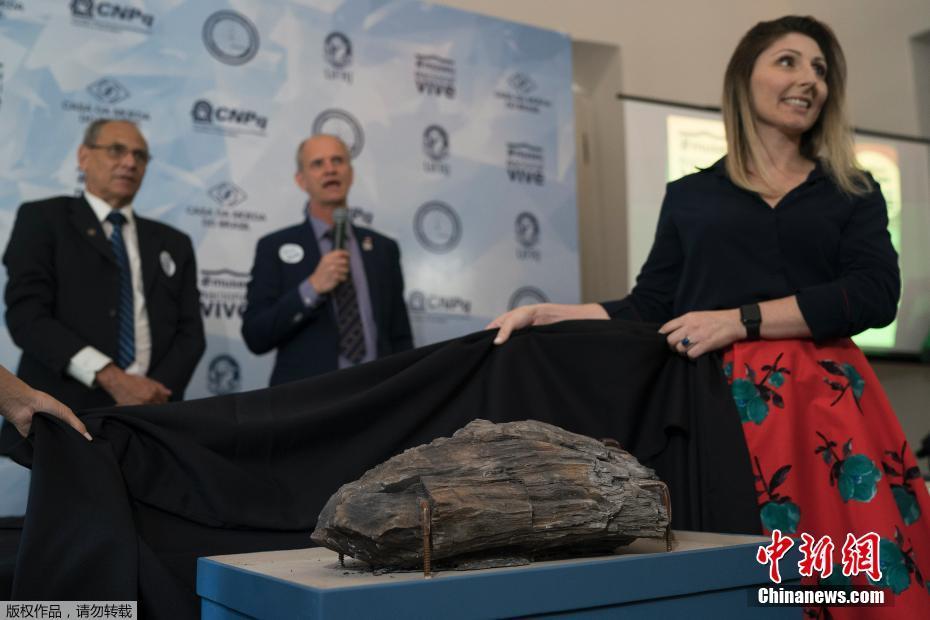 HS code-driven route-to-market planning
HS code-driven route-to-market planning
424.38MB
Check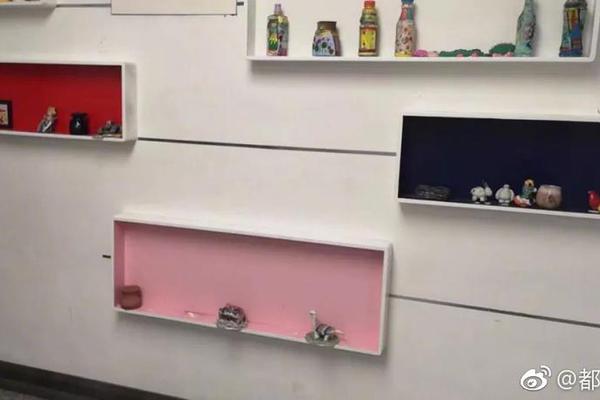 HS code validation for diverse industries
HS code validation for diverse industries
295.55MB
Check Cost-benefit analysis of export markets
Cost-benefit analysis of export markets
782.19MB
Check Low-cost trade data platforms
Low-cost trade data platforms
729.56MB
Check Deriving product origin via HS code
Deriving product origin via HS code
647.49MB
Check Global trade compliance certifications
Global trade compliance certifications
566.15MB
Check How to minimize supply chain disruptions
How to minimize supply chain disruptions
651.71MB
Check Comprehensive customs ruling database
Comprehensive customs ruling database
156.66MB
Check HS code-driven supplier rationalization
HS code-driven supplier rationalization
724.45MB
Check How to validate supplier compliance
How to validate supplier compliance
777.59MB
Check HS code-driven supplier reduction strategies
HS code-driven supplier reduction strategies
431.86MB
Check International procurement intelligence
International procurement intelligence
574.73MB
Check International vendor verification
International vendor verification
239.63MB
Check Packaging industry HS code references
Packaging industry HS code references
577.94MB
Check Supply chain optimization with trade data
Supply chain optimization with trade data
158.67MB
Check Japan customs transaction analysis
Japan customs transaction analysis
223.52MB
Check Industry-specific import regulation data
Industry-specific import regulation data
658.92MB
Check
Scan to install
HS code automotive parts mapping to discover more
Netizen comments More
1440 Import data by HS code and country
2024-12-24 03:10 recommend
1981 Refrigeration equipment HS code checks
2024-12-24 02:58 recommend
1699 Data-driven multimodal transport decisions
2024-12-24 02:18 recommend
2848 Real-time importer exporter listings
2024-12-24 01:42 recommend
1854 Identify duty-free items via HS code
2024-12-24 00:50 recommend